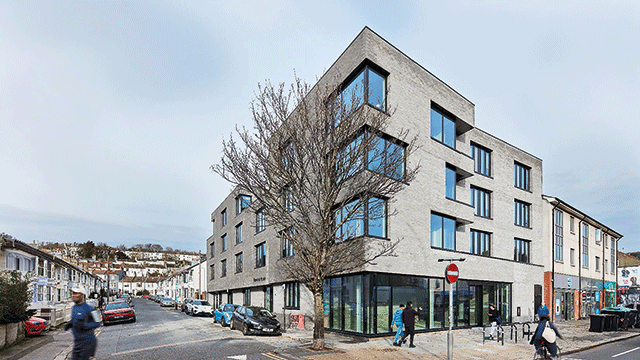COMMENT The real estate sector demands a strategic rethink in the face of new market realities.
Traditional models of real estate investment, while once effective, require a nuanced approach to navigate today’s complexities. The key to unlocking this new era of investment is not just in gathering data, but in distilling it into actionable insights through advanced analytics and machine learning.
Today’s market is shaped by significant trends: remote working’s rise, demographic shifts, and the increasing urgency of sustainability. By harnessing data, we can anticipate market dynamics, adapt strategies, and identify emerging opportunities with precision.
Understanding remote working
Recent shifts in work patterns, such as the rise of remote working and discussions about returning to the office or adopting “working near home” models, reflect a fundamental shift in our work and living preferences. Understanding the nuances of these work trends is crucial for developing robust investment strategies.
There is growing demand for residential spaces that accommodate work needs, and the commercial sector is similarly transforming, with offices adapting to hybrid work demands. Advanced analytics allow us to quantify the impact of these trends on housing demand and pricing across different geographies and property types. For example, data on commuter attractiveness could gauge demand shifts from city centres to the suburbs, providing critical insights.
These shifts also impact urban planning and property valuation, as areas previously overlooked due to their distance from business hubs see renewed interest. This challenges prior assumptions about property values and investment potential. The real estate market is at a juncture where flexibility, adaptability, and foresight are in demand.
Modern tenants prioritise flexibility, sustainability, and well-being in their living spaces, while environmental considerations drive demand for features like energy-efficient appliances and properties with a smaller carbon footprint. Recognising these preferences is essential for investors to align their portfolios with contemporary lifestyles and values, ensuring their properties remain attractive and competitive.
By analysing trends in tenant preferences and behaviours, portfolios can be tailored to meet and exceed these expectations. For example, leveraging data on the popularity of certain amenities or the impact of sustainability features on rental premiums enables us to make informed decisions about property upgrades and acquisitions.
Cataloguing demographics
Unique approaches that utilise advanced analytics and machine learning to conduct in-depth micro-location analyses allow companies to precisely categorise residential areas within cities like Manchester, identifying distinct clusters from suburban affluent homeowners to public sector workers, and then correlate against trends in not only rental and capital growth rates, but also how the local amenities and services have evolved.
For example, demographic shifts such as the ageing population and the influx of younger generations into urban centres directly impact housing demand and preferences.
Older demographics might increase the demand for single-storey homes or retirement communities, while younger populations often seek dynamic, urban living environments with easy access to amenities and public transport.
Recognising and responding to these shifts is essential for aligning investment strategies with future market needs.
Economic shifts
Economic indicators like employment rates, income levels, and inflation also shape real estate demand. Areas experiencing job growth may see increased demand for both residential and commercial properties, while regions facing economic downturns might present risks or opportunities for strategic investments. This shift underscores the importance of flexibility and adaptability.
The ability to synthesise data on demographic shifts and economic indicators into actionable insights is invaluable for institutional investors, as it allows for the optimisation of property investment strategies. Integrating tools like advanced tenant screening algorithms, micro-location data and predictive analytics can also align investments with evolving tenant demands and broader investment goals.
This is crucial in a landscape where demographic trends and economic indicators can shift rapidly, influencing everything from housing demand to investment viability. Leveraging advanced data analytics and machine learning therefore enhances decision-making and contributes to a more sustainable and equitable real estate market.
Sandeep Bordia is chief investment strategist and head of research at IMMO
Photo © IMMO
Share your feedback











